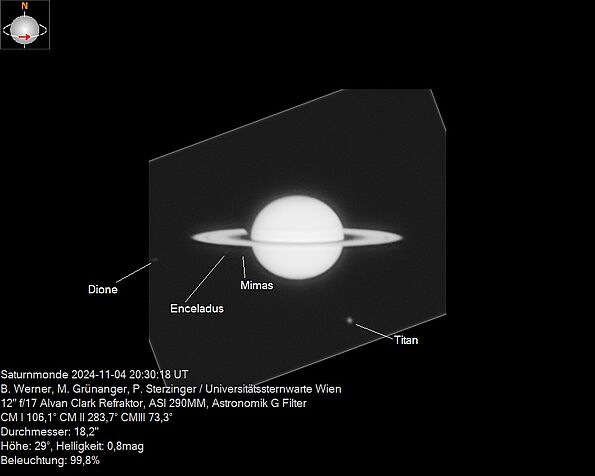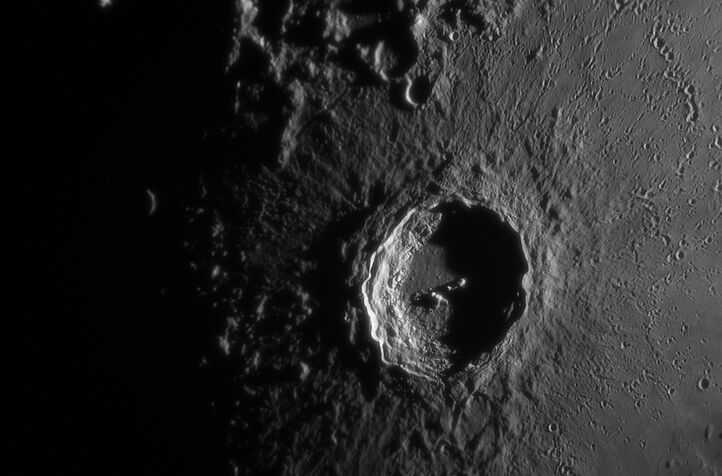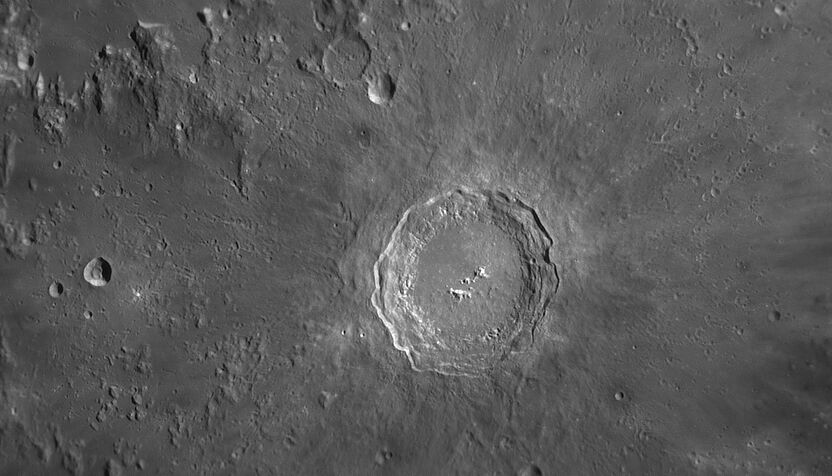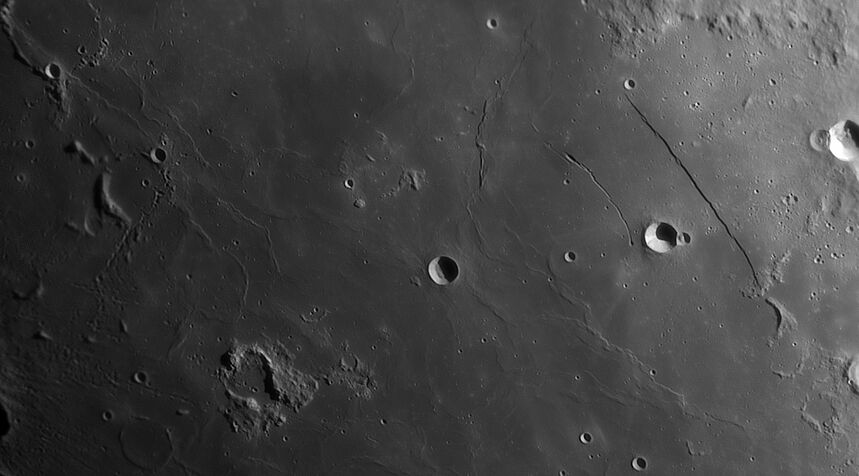Sensational images of Saturn, Jupiter and much more taken with the 150-year-old telescope at the observatory of the University of Vienna.
The 5m long telescope was released for its first official observation shortly before the opening of the observatory in 1880 by Emperor Franz Joseph. The refractor with a 30cm aperture was manufactured by the American company Alvan Clark & Sons, which in the 19th and 20th centuries specialised in the production of the largest telescope lenses ever made. To this day, their refractors are one of the largest in existence.
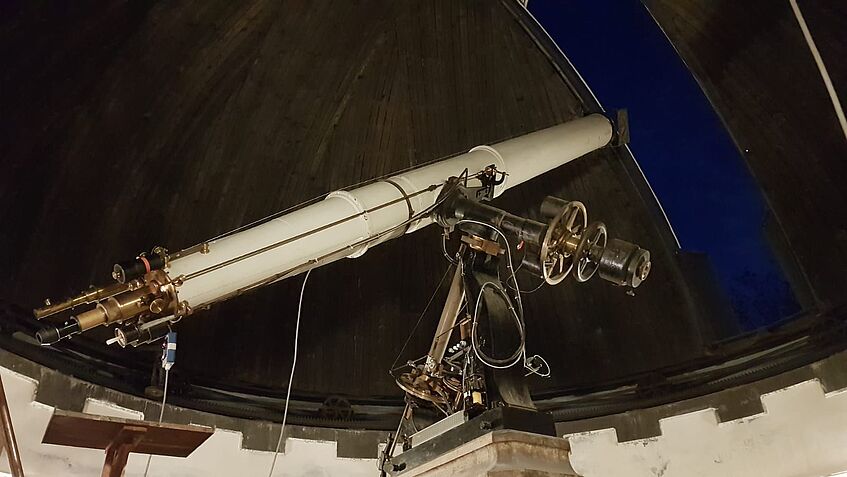
Alvan Clark & Sons Telescope at the west dome

The team of amateur astronomers from left to right: Michael Grünanger, Peter Sterzinger, Benjamin Werner, Hans Jasicek und Andreas Kreutzer
Despite the historical age of the telescope, which is located in the west dome of the observatory of the university of Vienna, produced jaw-dropping high-resolution images of Saturn and its moons, Jupiter and more. The reason for this is the magnificent telescope lens, which Alvan Clark had designed so successfully that his son Alvan Graham even observed with it himself, delaying the delivery of the telescope by several years.
Nowadays, scientific observations are rarely made with the observatory's old telescopes. Their resolution is often not sufficient and they tend to be presented as exhibits during guided tours. In addition, such old instruments are not always easy to control and require extreme caution to avoid damaging the fragile components. After the telescope received a new control system a few years ago, it has been fully functional for observations ever since. The team of amateur astronomers who made this possible have been observing with it and looking after the historic telescope in the west dome for decades. On 4 November 2024, they captured some excellent pictures of the distant planets in our solar system.
The team collected images of Saturn with its rings and moons, Jupiter, Mars, the surface of the moon, and even managed to take a picture of the Orion Nebula with this telescope despite the big city sky, as well as the extremely difficult to observe faint companion of Sirius.



